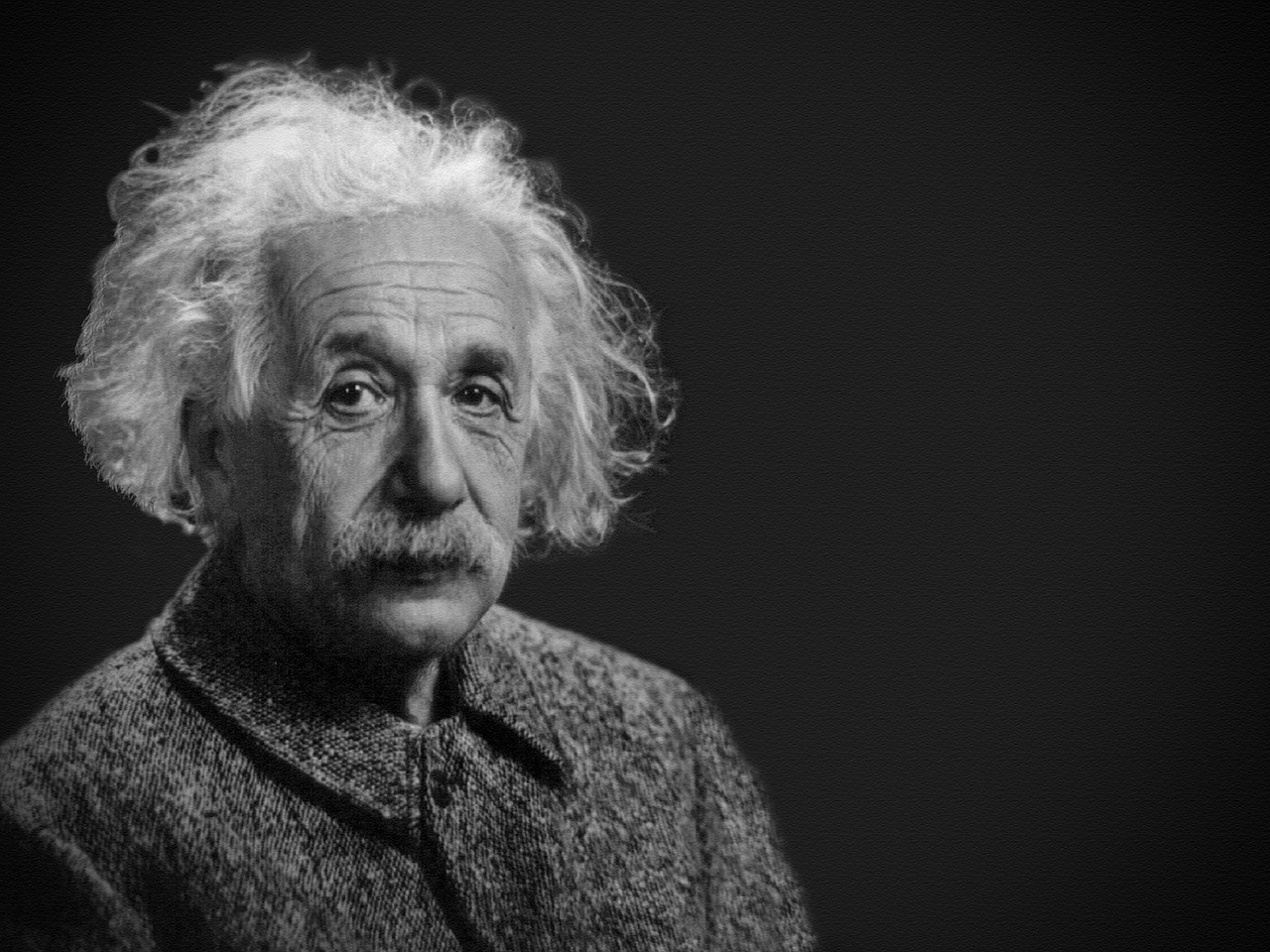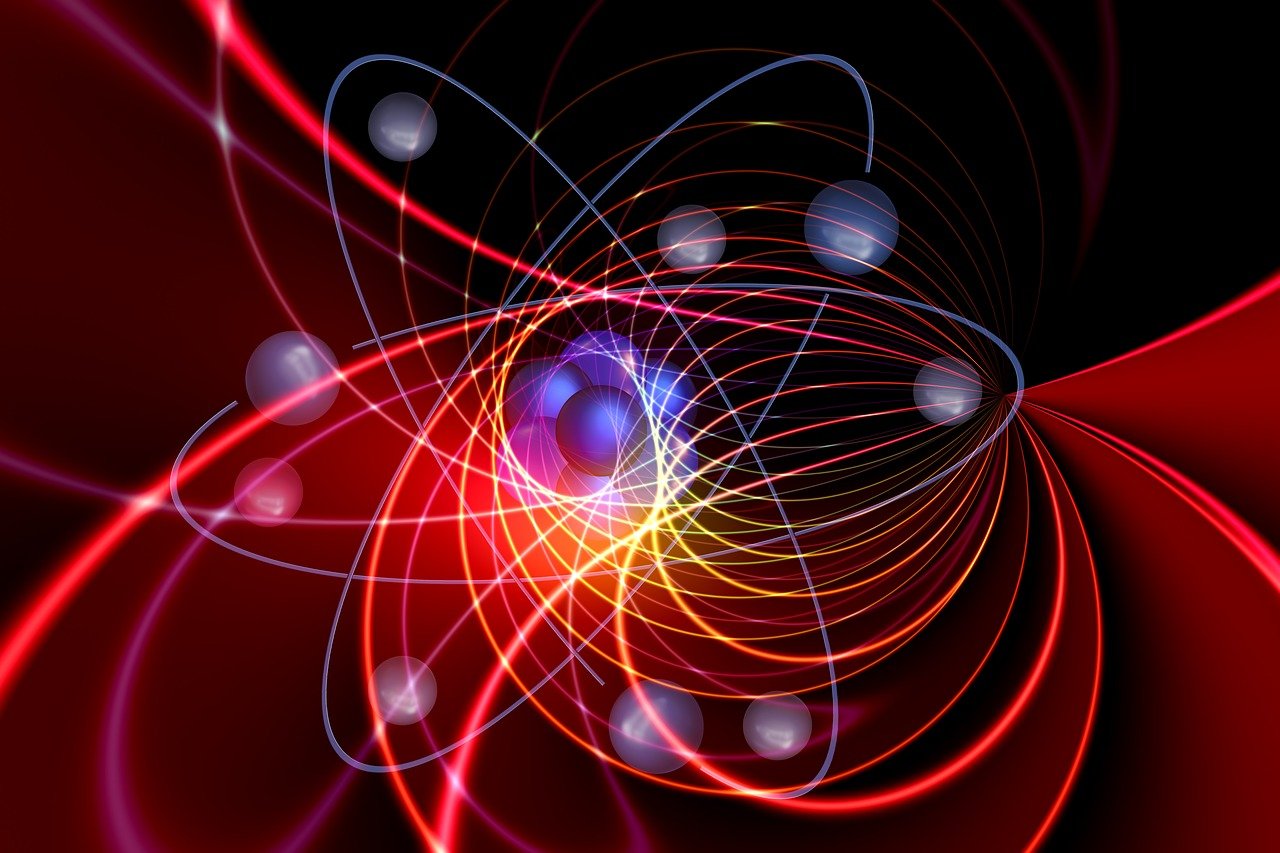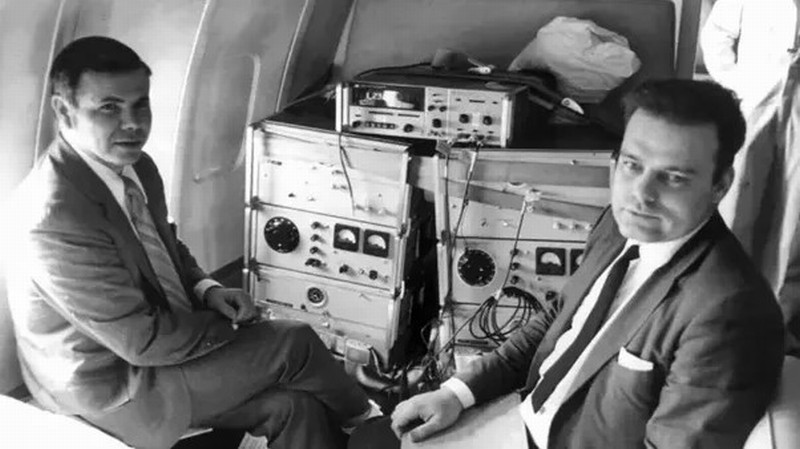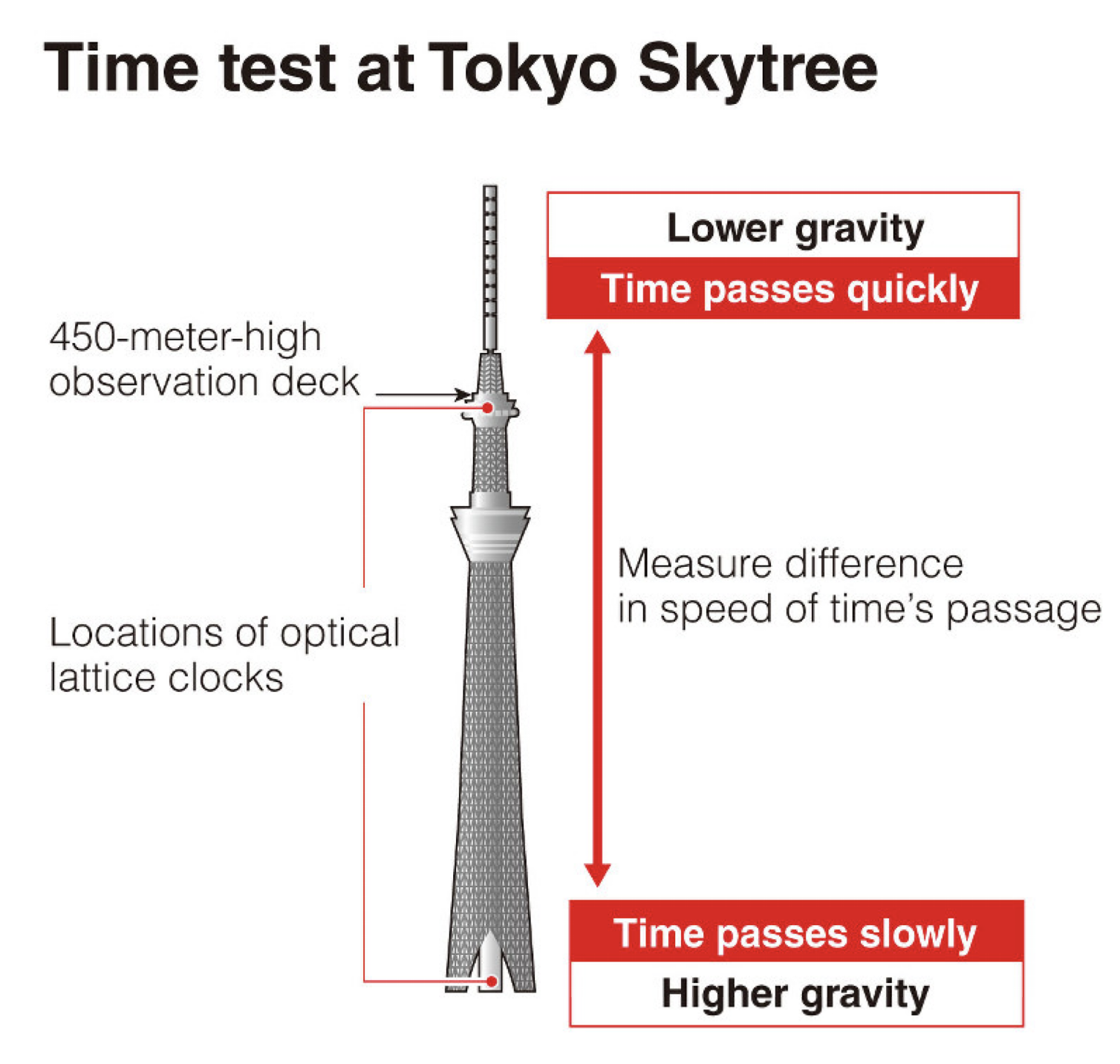Time Dilation and Theory of Relativity
Published on 25 Sep 2023
Physics
Click to watch the summary of this article
Time Dilation and the Theory of Relativity
A fascinating idea in physics that originated from Albert Einstein's theory of relativity is time dilation. This idea suggests that time is a relative concept and varies depending on the situation. The theory of relativity consists of two parts: General and Special relativity.
Special relativity deals with objects that are moving relative to one another at constant speed, in contrast to general relativity, which takes into account the effects of gravity.
Both ideas lead to the stretching or shortening of time intervals, which is known as time dilation.
Time dilation is the phenomenon when two observers who are traveling in separate directions or who are in distinct gravitational fields perceive time differently from one another.

One of the key principles of special relativity is that it uses the observer effect. No matter how an observer moves in relation to the source of light, the speed of light remains constant, and as a result, if two observers move apart from one another, they will observe the same event; however, the time they will measure the event will be different.
There are multiple myths around time dilation; some of them are close to the truth, others are absurd. The simplest example to describe the time dilation is that a car traveling at a speed of 60 km/hr will be seen as traveling at 120 km/hr for a car traveling in the opposite direction at the same speed. Time works in a similar way. Depending on the gravity, time will feel differently; however, it is detectable only under certain conditions. However, one thing is an exception - the light. The closer the speed is to the speed of light, slower times run for them. If we had a spaceship with a speed of light and a planet 20 light years away, then for observers on earth, the time needed for them to arrive would be equal to 20 years, while the space crew experienced it much slower. Some sources even state that time would freeze for them. However, we should note that the speed of light is always the same for observers, no matter what velocity they have. There are some real-life examples of time dilation. According to the book of St.Martin Griffin, ‘How to Build a Time Machine’, there are elementary particles - muons, who travel at a speed close to the speed of light. Due to their instability, they should not reach the surface of the Earth because they can’t last long enough; however, a huge number of muons do it, which can be explained by the extension of time for them.

However, the aforementioned time dilation is a time dilation described in relative-velocity time dilation theory; however, there is a second type of dilation, gravitational time dilation. Einstein’s theory, general relativity, states that the gravitational field varies between different altitudes, which of course cannot be detected without special instruments. Time dilation can be detected by accurate clocks at high altitudes with weaker gravity. However, the dilation can be seen with the naked eye only near places with extremely high gravity, for example, black holes.
There are also some strange features of time dilation. Specifically, the connection between the curve between two points and time Time dilation can even occur, depending on the severity of the curve.
Still, time dilation has a lot of theories around it, and one of them is hypothetical particles-tachyons. Particles cannot accelerate faster than the speed of light due to the fact that their mass will be close to infinity. In addition, we should keep in mind the aforementioned property of time dilation: more speed equals slower time. However, tachyons are an exception, because the more they have speed, the faster the time will be for the particle relative to the stationary objects. Sadly, there is no proof of their existence today. The particle shows that our understanding of time is far from perfect, and we should put more resources and efforts into learning time dilation because who knows which other properties time dilation has?

Time dilation is a shift in elapsed time that results from a difference in relative velocity between two clocks (special relativity) or a variation in gravitational potential between their locations (general relativity). "Time dilation" usually refers to the impact of velocity when left unexplained. This is an important concept in Einstein's theory of relativity. It is caused by the observers' relative mobility and the constant speed of light. According to the hypothesis, as an object's speed approaches the speed of light, time appears to pass more slowly for that object in comparison to a stationary observer. This phenomenon means that as an object accelerates and approaches the speed of light, its clock ticks slower than an observer's clock in a fixed frame of reference. It's an intriguing look at the nature of time and space, revealing that our perception of time is not absolute and is affected by our relative velocity in the universe. Time dilation has been empirically proven to have substantial implications for space travel, resulting in the "twin paradox," in which one twin matures quicker than the other when traveling at high speeds in space.
In order to prove time dilation, there have been numerous experiments.
Hafele-Keating experiment:

The Hafele-Keating experiment was conducted by physicist Joseph C. Hafele and astronomer Richard E. Keating in 1971 to test time dilation. For this experiment, Hafele and Keating used four atomic clocks. Two of the clocks remained on the ground, while the other two were placed on commercial planes, which flew around the world. One clock flew eastward around the Earth, while the other flew westward. After the completion of flights, the clocks were compared with those that remained on the ground. The clock that flew westward overcame the ground clocks by 273 nanoseconds, while the clock that flew eastward lagged behind the ground clocks by 59 nanoseconds. The Hafele-Keating experiment has proven that time dilation isn't just a theoretical construct but a tangible phenomenon with real-world implications.
Tokyo Skytree experiment (2020):

Researchers from Tokyo University decided to use the broadcasting tower "Tokyo Skytree" to prove that time passes more quickly at higher altitudes than at lower altitudes due to gravity. They placed one clock on the ground level and another one on the observation deck, which was at a height of 450 meters. Clocks used in experiments are extremely accurate and can measure a period of time spanning less than a second by up to 18 decimal figures. The results have shown that the clock on the observation deck overcame the clock on ground level by 4 nanoseconds, which proved the existence of time dilation.
Time dilation is the process of slowing time passage at large speeds. This phenomenon can be explained by one simple situation: lightning strike observed by two people at slightly different times as one of the observers is in a state of relative motion. Undoubtedly, the introduction of this novel theory by Albert Einstein transformed our understanding of physics significantly. Additionally, it allowed us to accomplish many technological advancements and uncover phenomena that previously baffled scientists. Namely, the use of a global positioning system was made possible, thus greatly enhancing the precision of navigation all over the globe. Moreover, the discovery of the theory of relativity propelled the creation of cathode ray television, the forerunner of modern LCD television. Apart from this, a different phenomenon called the Doppler effect was derived from the theory of relativity. This concept is extensively used in medicine and other fields. Perhaps the most prominent application of the Doppler effect is in radar guns, which are used to monitor velocity changes on the road. These kinds of applications had a tremendous influence on making life more safe and convenient. It is also crucial to recognize the immense contribution made by Albert Einstein when he discovered the theory of relativity, as it fueled the development of both the technologies that we use daily and those that are used by scientists on a particulate level.
In summary, time dilation, stemming from Albert Einstein's theory of relativity, brilliantly illuminates the relativity of time itself. Both special and general relativity offer deep insights into the mechanics of this phenomenon, and experiments like Hafele-Keating and Tokyo Skytree serve as compelling real-world validations.

These theoretical principles also manifest in practical applications, greatly enhancing our daily lives. From the precision of GPS technology to the efficiency of radar gun measurements, the impact of time dilation resonates in various fields.
Furthermore, the timeless mysteries surrounding time dilation continue to captivate scientists, underscoring its enduring relevance and serving as an ongoing source of fascination and exploration. An intriguing fact to note is that the International Space Station experiences time dilation, causing its onboard clocks to run slightly slower than those on Earth—an intriguing testament to the enduring legacy of Einstein's profound insights.